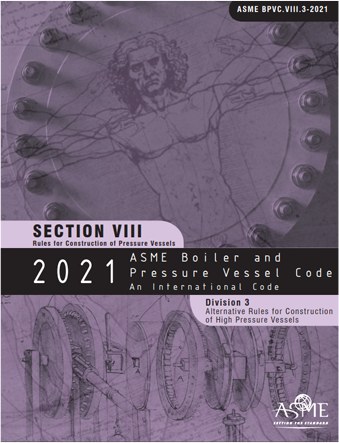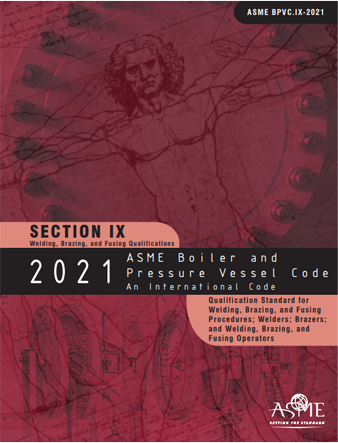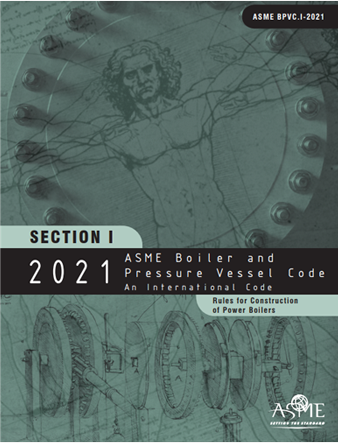...
ASME code
About ASME code
Technical standards for the design, manufacturing, and inspection of boilers and pressure vessels established by the American Society of Mechanical Engineers in 1919
Why Use the ASME Code?
ASME is a code established by the US, but considered to be the most authoritative global code in practice
US, Canada : Mandatory
Worldwide Plant facility owner : Mostly applied




ASME Code construction
- I Rules for Construction of Power Boilers
-
II Materials
- Part A — Ferrous Material Specifications
- Part B — Nonferrous Material Specifications
- Part C — Specifications for Welding Rods, Electrodes, and Filler Metals
- Part D — Properties (Customary) / • Part D — Properties (Metric)
- III Rules for Construction of Nuclear Facility Components
Subsection NCA — General Requirements for Division 1 and Division 2
Appendices
Division 1- Subsection NB — Class 1 Components
- Subsection NCD — Class 2 and Class 3 Components
- Subsection NE — Class MC Components
- Subsection NF — Supports
- Subsection NG — Core Support Structures
Division 2 — Code for Concrete Containments
Division 3 — Containments for Transportation and Storage of Spent Nuclear Fuel and High Level Radioactive Material and Waste
Division 5 — High Temperature Reactors - IV Rules for Construction of Heating Boilers
- V Nondestructive Examination
- VI Recommended Rules for the Care and Operation of Heating Boilers
- VII Recommended Guidelines for the Care of Power Boilers
-
VIII Rules for Construction of Pressure Vessels
Division 1
Division 2 — Alternative Rules
Division 3 — Alternative Rules for Construction of High Pressure Vessels - IX Welding, Brazing, and Fusing Qualifications
- X Fiber-Reinforced Plastic Pressure Vessels
- XI Rules for Inservice Inspection of Nuclear Power Plant Components
- XII Rules for Construction and Continued Service of Transport Tanks
- XIII Rules for Overpressure Protection